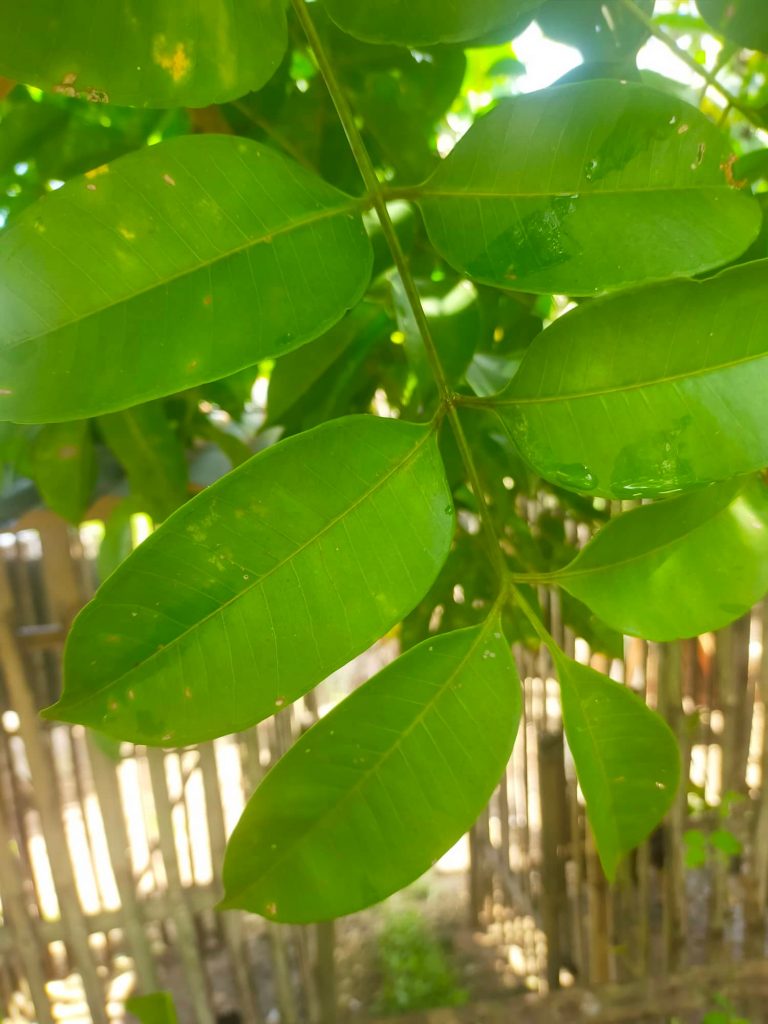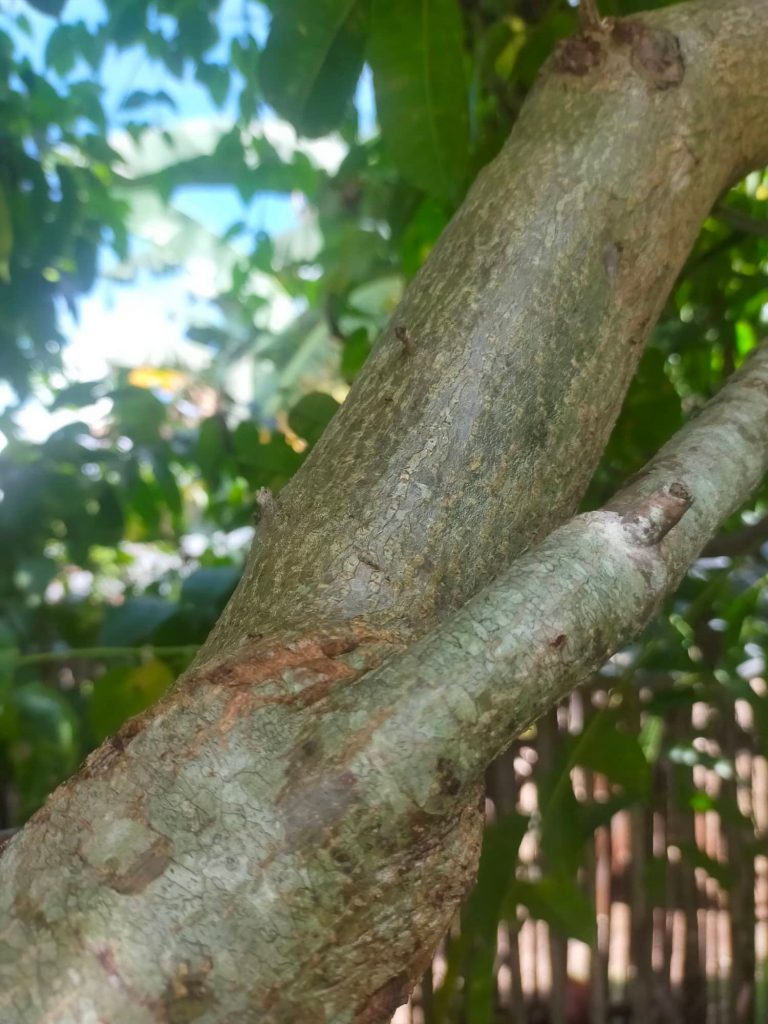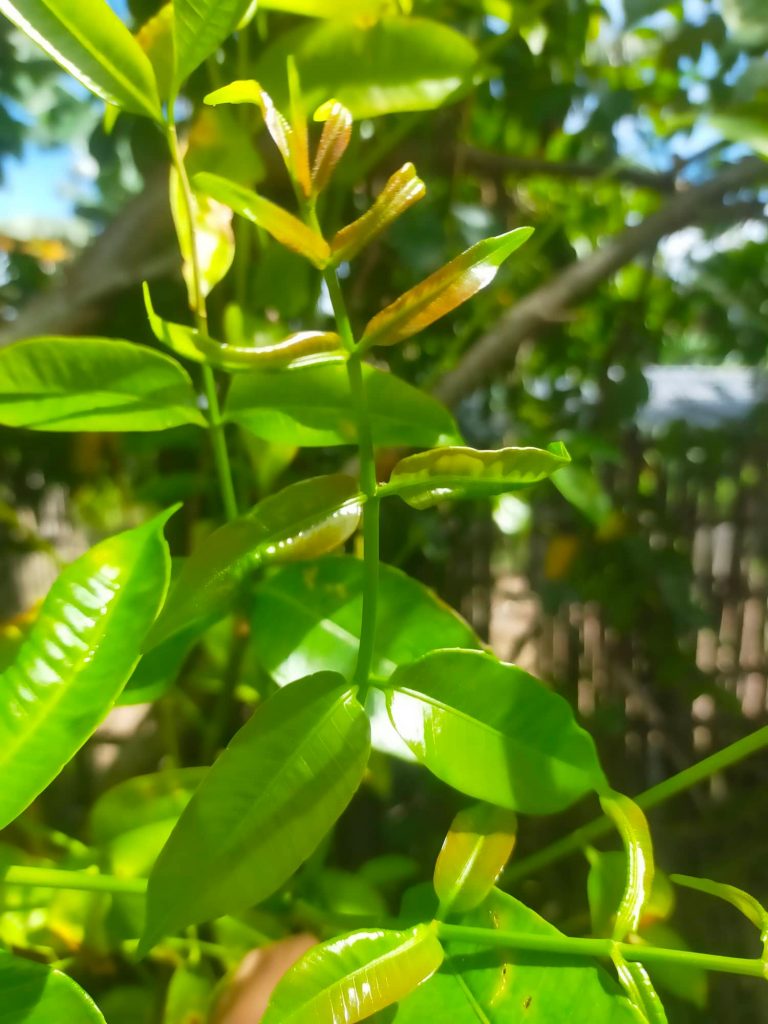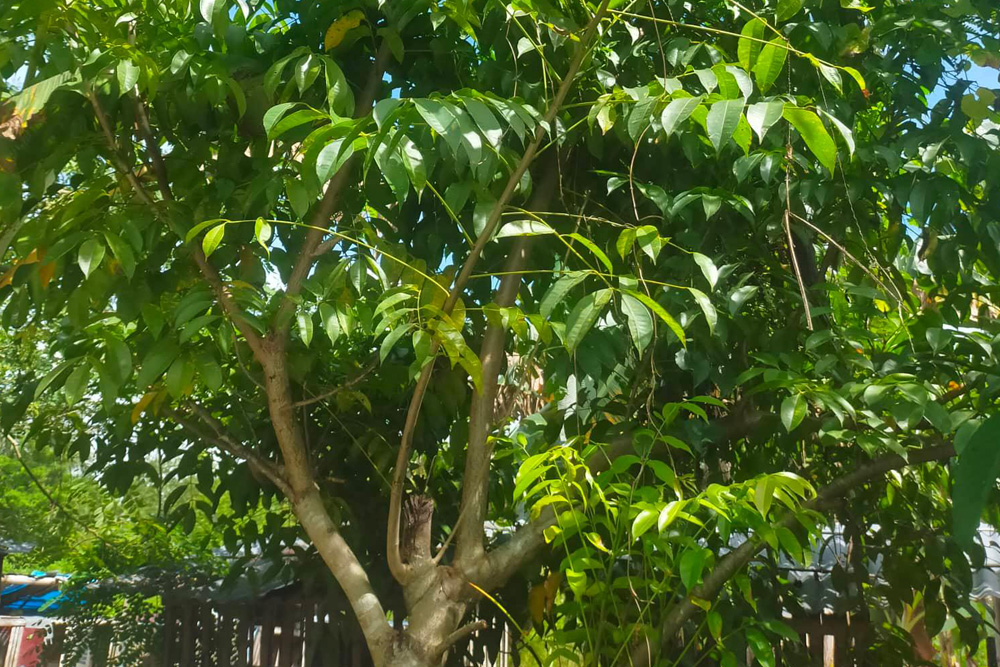Libas Tree or common hog plum is a Philippine native tree commonly known for its edible leaves and fruits. In Philippines, having this tree in your backyard will make you famous among neighbors during fiestas and special occasions. 🙂 The young leaves and fruits are used on many Philippine sour dishes like “laing”, “sinanglay”, “pata”, “linaga”, etc. Leaves were also used as pig fodder. Its fruits can be eaten raw or made into jams.
The tree can grow up to 25 meters high. The bark is usually greenish grey or pale brown with smooth texture and irregular cracks. Leaf shape is elliptic-oblong. Leaves are in pairs on petioles. Flowers color is white, small and in panicles.
Binomial/Scientific Name:
Spondias pinnata (Linn. f.) Kurz.
Origin:
Libas is native to the Philippines and can also be found in Southern Asia from Indian subcontinent, southern China and up to Indonesia. Common in lowlands and hill forests up to 1,200 m.
Height:
Can grow up to 25 m tall.
Propagation:
Seeds
Fruit is initially green and turns yellowish when matured. It is a single seed, elliptical shape drupe.
Cuttings
A branch or stem (about 2 inches or larger diameter and 10 inches length) is good enough for propagating this tree.
Found in:
From Indian subcontinent, southern China to Vietnam and from Malaysia, Philippines to Indonesia.
Usage:
Edible
Leaves and fruits are used in different delicacies in the Philippines.
Shade
This tree can also be planted for shade because the branches spread and leaves are big.
Medicinal
Bark, leaves and fruits are used to treat burns, sores and wounds. Roots are used to treat diabetes. The plant has antibacterial properties and a source of antioxidants.
Fodder
Pigs like the fruits and leaves.
Cultivation:
Grows best in open and not too wet areas. Can grow mostly in any kind of soil.
Photos




Reference: Stuartexchange
